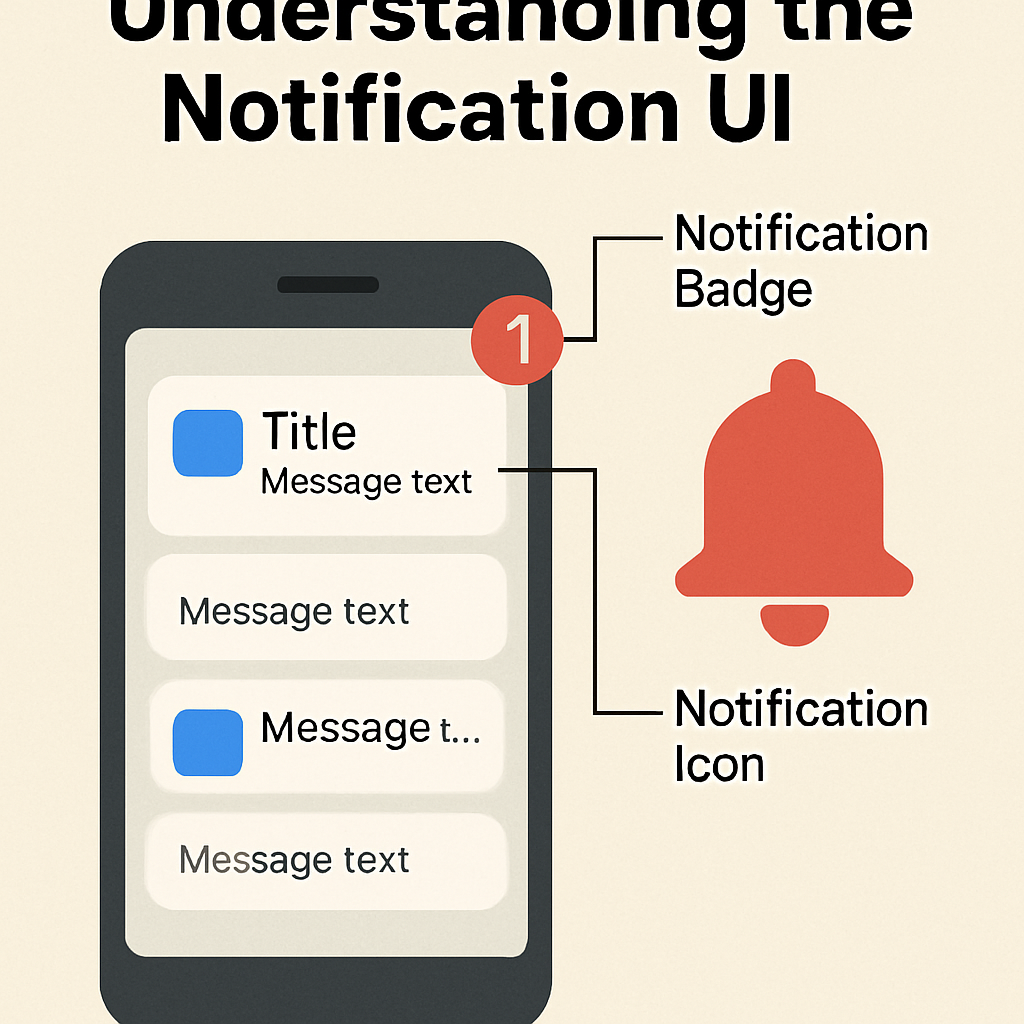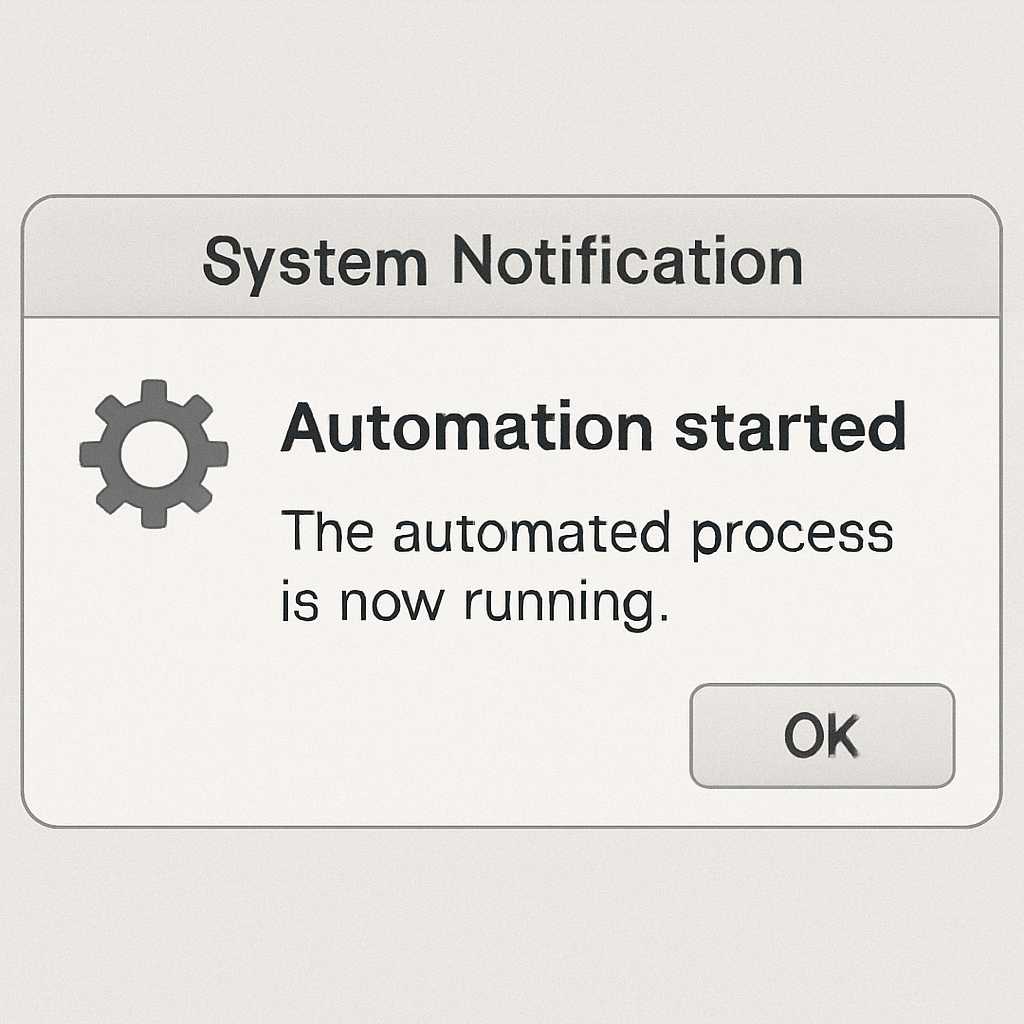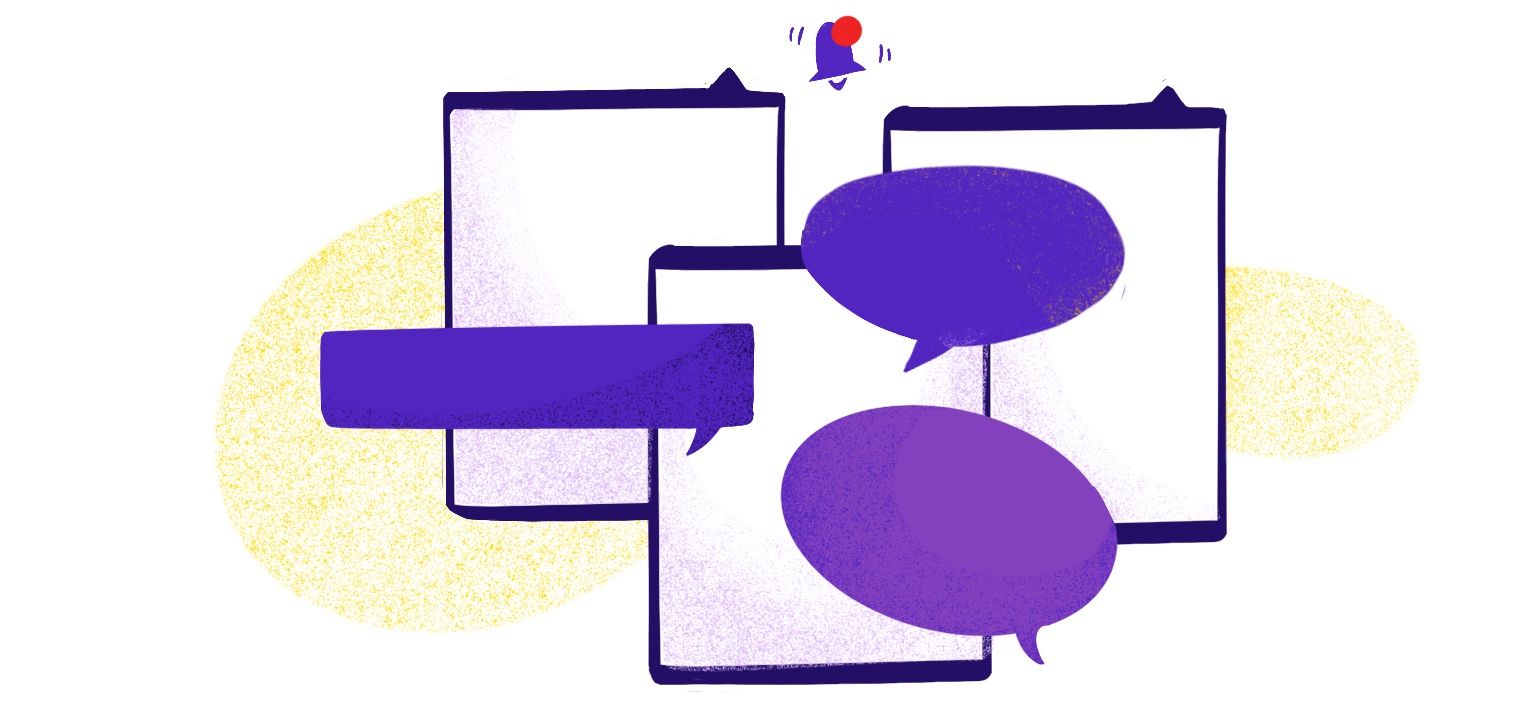In fast-moving development environments, system notifications are more
than alerts---they are critical communication touchpoints between your
application and its users. For software engineers, engineering managers,
and team leads, building a reliable and intuitive notification
experience is essential for keeping users informed without disrupting
their workflow.
This guide explores modern best practices for designing, integrating,
and automating notification UIs, with practical insights your team can
apply immediately---whether you're building a custom system or using a
platform like MagicBell.
Why System Notification UI Matters
A well-designed notification UI ensures that users receive timely,
relevant updates without feeling overwhelmed. This requires thoughtful
design that respects both urgency and user attention.
A strong notification UI balances three core goals:
- Deliver critical information when it matters
- Reduce cognitive load and avoid notification fatigue
- Help users stay in control of how they receive alerts
Notifications should enhance---not interrupt---the user's workflow.
Poorly timed, noisy, or low-value notifications can quickly degrade user
trust and engagement.

Seamless Integration of Notification UI
Engineering teams face a familiar challenge: integrating notifications
into existing systems without creating architectural friction. A
seamless integration should account for both technical and
user-experience requirements.
1. Prioritization --- A Must-Have for Scalable Systems
Define a notification taxonomy:
- Critical / High Urgency: system failures, security issues,
payment problems - Medium Urgency: workflow blockers, approvals, warnings
- Low Urgency: informational updates, status changes, reminders
This classification helps engineers map notification types to
appropriate channels (in-app, push, email) and ensures users aren't
bombarded with noisy or low-value alerts.
2. UI Consistency & Design Alignment
Your notification bell, panels, and toast alerts should match your app's
existing design language---colors, spacing, typography, and behavior
patterns. Consistency not only looks professional but also ensures users
instinctively understand how to interact with new alerts.
3. Accessibility & Responsiveness
Modern notification UIs must:
- Support screen readers
- Work across devices and viewports
- Maintain contrast ratios
- Avoid disappearing too quickly for users with motor or cognitive
disabilities
For engineering teams building global products, accessibility is not
optional---it's a baseline expectation.
Automation and Intelligent Notification Delivery
Automation is where notifications become truly powerful. By leveraging
event triggers, rules engines, and user-behavior data, engineering teams
can deliver smart, context-aware notifications that feel personal rather
than mechanical.

1. Behavior-Based Triggers
Use automation to notify users based on real-time signals such as:
- account activity
- role permissions
- past interactions
- workflow stage
- engagement patterns
2. Adaptive Timing and Frequency Control
Automated systems can throttle, batch, or delay notifications to reduce
noise:
- Batching: Combine multiple similar alerts into a single digest\
- Deduplication: Eliminate redundant alerts\
- Throttling: Limit maximum notifications within a time period\
- Smart timing: Avoid sending during a user's "do not disturb"
window
3. Multi-Channel Strategies
Depending on urgency, you may route notifications to:
- in-app
- mobile push
- Slack or Teams
- SMS (for emergencies)
Enhancing the Developer and User Experience
Ultimately, your notification system should support both the UX needs of
end users and the operational needs of your development team.
1. Actionable Notifications
A notification should tell users:
- what happened\
- why it matters\
- what they can do next
2. User Preference Controls
Give users the ability to:
- adjust frequency\
- mute non-critical alerts\
- choose channels\
- opt into digests\
- snooze notifications
3. Analytics and Feedback Loops
Engineering teams should track:
- open rates\
- click-through actions\
- dismiss patterns\
- ignored notifications\
- unread counts\
- per-channel engagement
Advanced Considerations for Engineering Teams
1. Localization & Time Zone Awareness
Support translations and adjust delivery windows for each user's region.
2. Theming and Dark Mode Compatibility
Both light and dark themes should be supported without compromising
readability.
3. Reliability, Fail-Safes & Observability
A professional-grade notification system should include:
- retry logic\
- idempotency\
- observability hooks\
- circuit breakers\
- test environments and sandbox modes
Conclusion
Managing notifications is no longer a trivial UI feature---it's a core
product capability that demands thoughtful engineering, robust
automation, and a user-first mindset.
Platforms like MagicBell help development teams ship high-quality
notification experiences faster, without reinventing underlying
infrastructure.
